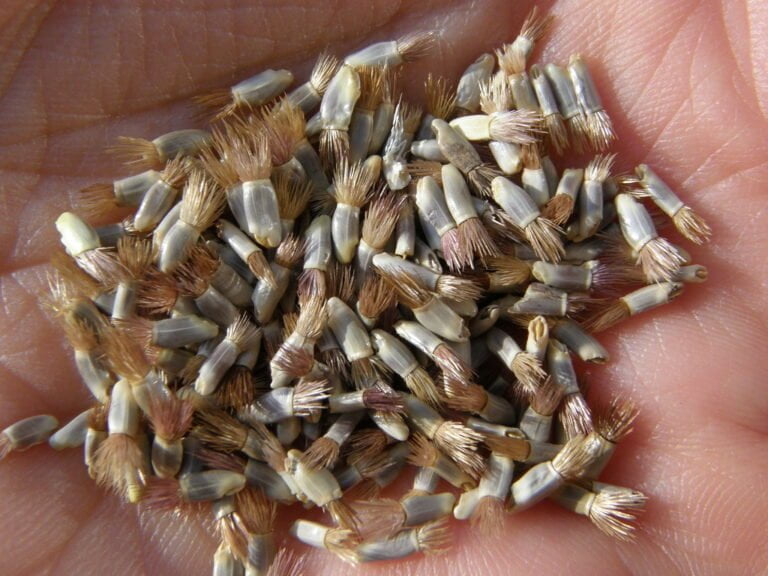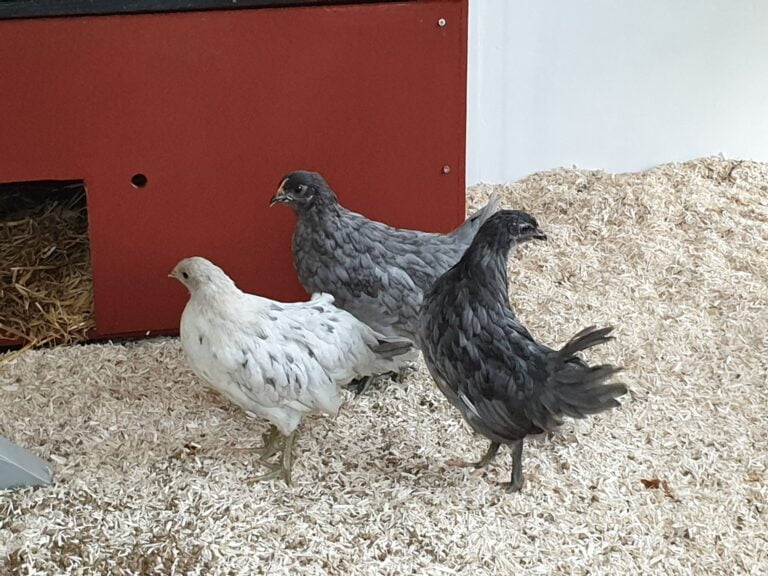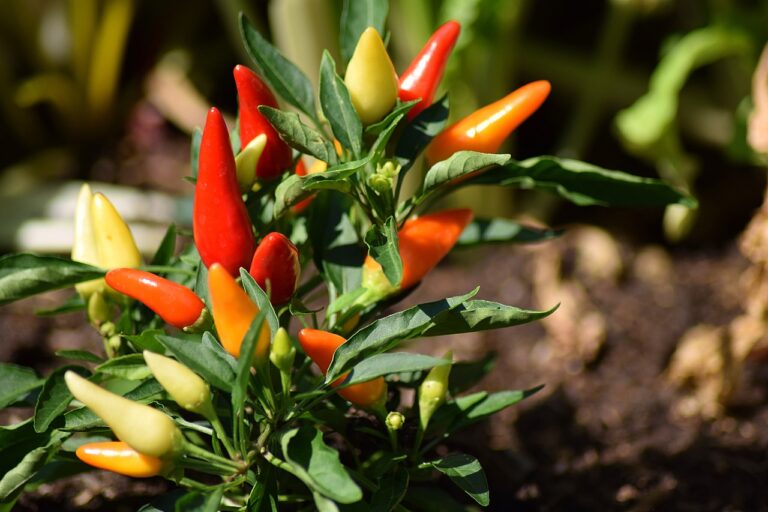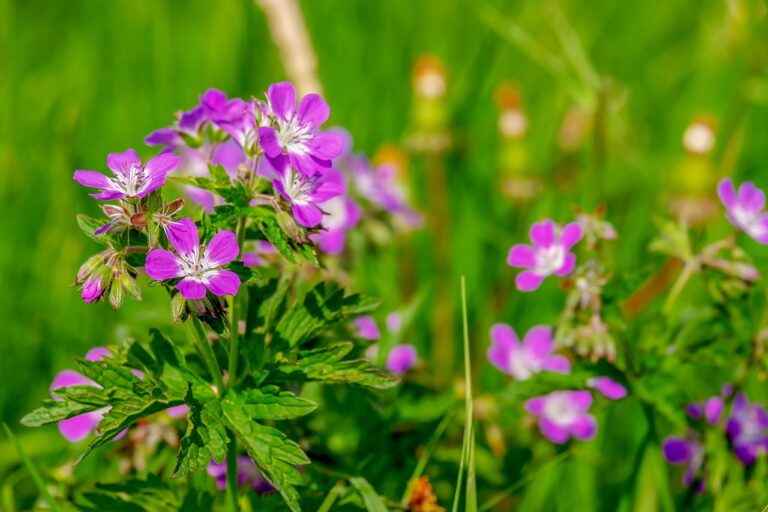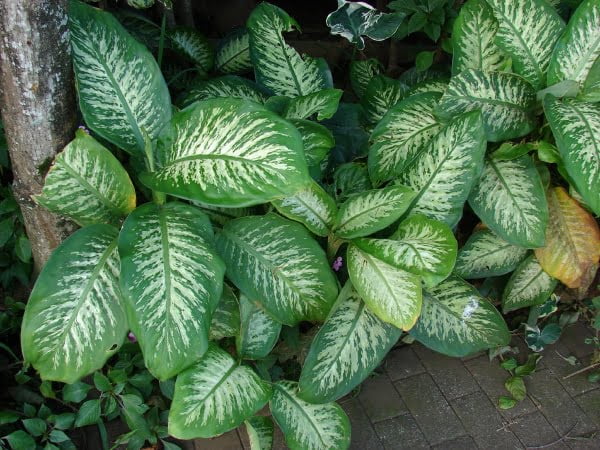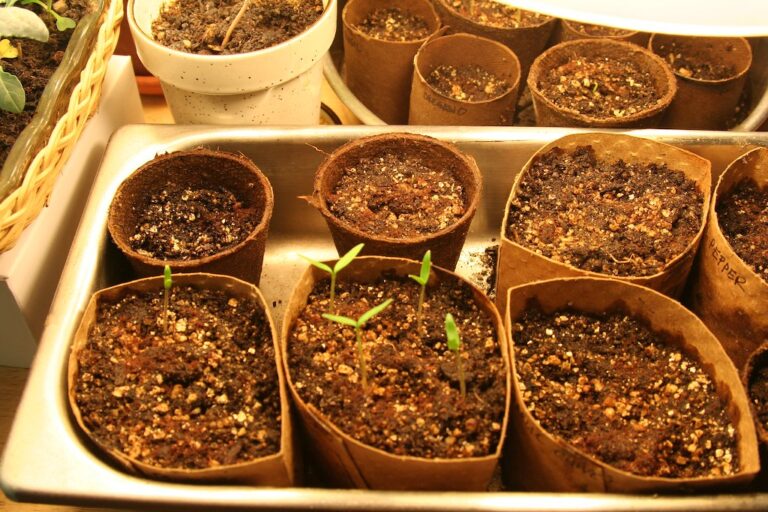Growing Lettuce in Containers: A Comprehensive Guide
To cultivate, mix, and brew herbal teas, make sure herbs receive sunlight, good soil, and drainage. Herbs like chamomile and mint thrive in sunny spots. Harvest on dry days after dew evaporates, then dry properly to maintain benefits. Master pairing for taste harmony, considering health benefits and infusing techniques. Lavender offers floral essence, chamomile calms, and mint invigorates. Adjust water heat as per herb type, steep for 3-7 minutes. Herbal teas provide pain relief, antioxidants, and more. Herbal infusions and decoctions extract benefits differently; strain to remove solids. Experiment with popular ingredients for unique flavors and health benefits.
Herb Cultivation and Harvesting
To cultivate and harvest herbs successfully, one must provide the right conditions such as sunlight, nutrient-rich soil, and good drainage for optimal growth. Herbs like chamomile, mint, and lavender thrive in sunny spots with well-draining soil, while others such as parsley and chives can also grow indoors with proper care. When it pertains to harvesting, it is vital to pick herbs on a dry day after the morning dew has evaporated. This timing helps preserve the herbs’ essential oils and potency.
After harvesting, proper drying techniques are essential to maintain the herbs’ beneficial properties. Hanging herbs upside down in a warm, dry room is a traditional method that works well for most leafy herbs like basil and sage. This process helps prevent mold and preserves the flavor. For roots and berries, using a dehydrator is recommended to guarantee a thorough drying process, preserving their medicinal qualities.
Ensuring that your herbs are thoroughly dried is critical before using them to make herbal teas and infusions. Proper cultivation and harvesting techniques lay the foundation for creating flavorful and aromatic herbal teas that not only taste great but also retain the medicinal properties that make them so valuable.
Art of Herbal Tea Blending
When blending herbal teas, mastering flavor pairing techniques is crucial to achieving a harmonious and enjoyable taste profile. Deliberately considering the health benefits of each herb added can enrich the therapeutic value of the tea blend. Understanding the art of herbal tea blending opens up a world of creative possibilities for crafting unique and beneficial herbal infusions.
Flavor Pairing Techniques
Blending herbs for herbal teas involves skillfully combining different flavors to create a harmonious and beneficial infusion. Understanding the flavor profiles, taste, and aroma of each herb is essential in creating well-balanced herbal tea blends. When pairing herbs, considering complementary flavors can improve the overall taste and therapeutic properties of the tea. Experimenting with various herb combinations allows for the discovery of new and delicious tea blends. By incorporating proper blending techniques, one can cater to individual preferences and health needs, ensuring that the herbal teas not only taste great but also provide specific health benefits. Mastering the art of flavor pairing techniques is key to creating exceptional herbal tea blends that offer a delightful sensory experience and wellness benefits.
Health Benefits Consideration
Crafting a well-balanced herbal tea blend involves strategically combining herbs known for their specific health benefits to create a synergistic and effective infusion. When considering health benefits in tea blends, it’s essential to take into account the metabolic, mechanical, and flavoring properties of the herbs. For instance, peppermint aids digestion, chamomile promotes stress relief, and lavender induces relaxation. By amalgamating these herbs, one can enrich the overall health benefits of the tea. The art of herbal tea blending allows for customization based on individual health needs and taste preferences, providing a holistic approach to wellness and healing. Experimenting with various health-promoting herbs in tea blends can offer a diverse array of benefits for both the body and mind.
Flavors and Aromas in Tea
When exploring herbal teas, understanding the taste and scent profiles of different herbs like lavender, chamomile, and mint is key. Lavender offers a floral and slightly sweet essence to tea blends, while chamomile brings a soothing and calming aroma. Mint, on the other hand, delivers a invigorating and crisp flavor that adds a cooling effect to your tea experience.
Taste and Scent Profiles
Exploring the world of herbal teas reveals a diverse array of taste and aroma profiles, providing a sensory expedition through floral, sweet, earthy, and spicy notes. Herbal teas, made from leaves, flowers, and other plant parts, offer a wide range of flavors and scents. For example, adding lemon balm can infuse a tea with citrusy freshness, while chamomile contributes a calming aroma. Lavender brings a fragrant, floral taste to blends, and mint imparts a rejuvenating, cooling sensation. Fennel is known for its slightly sweet, licorice-like flavor, enhancing the overall taste profile of herbal teas. Understanding these taste and scent profiles is essential for crafting well-balanced and harmonious herbal tea blends that offer a delightful sensory experience.
Aromatic Infusion Varieties
Exploring the aromatic infusion varieties in herbal teas reveals a delightful spectrum of flavors and aromas that enrich the sensory experience of each cup. Dried lavender brings a subtle floral note, while chamomile flowers offer a soothing and gentle taste. Adding rose petals imparts a romantic and fragrant essence to the infusion. Lemon verbena contributes a citrusy and invigorating twist, perfect for uplifting the spirit. Incorporating orange peel provides a zesty and bright flavor profile. These aromatic ingredients can be blended with black tea for a robust base or enjoyed on their own for a calming herbal brew. Experimenting with different combinations of these elements allows for a personalized tea experience tailored to individual preferences.
Brewing Techniques and Tips
To brew herbal teas effectively, adjust the water temperature based on the type of herbs being used for best extraction of flavors and medicinal properties. Delicate leaves and flowers, such as chamomile or peppermint, require lower heat to release their oils effectively. It is recommended to use water just below boiling point, around 175-185°F, to prevent scorching and preserve the delicate flavors. On the other hand, harder stems, roots, and berries like ginger or echinacea need boiling water to fully extract their medicinal properties; a rolling boil around 200°F is ideal for these types of herbs.
When brewing herbal teas, timing is essential to achieving the perfect balance of flavor and benefits. Steeping times typically range from 3 to 7 minutes, depending on the herbs used. For a stronger infusion, you can steep for a longer duration, but be cautious not to over-extract, as it may lead to a bitter taste. Using filtered water is also recommended, as it helps enrich the overall taste of the herbal tea by removing any impurities that could affect the flavor.
To maximize the potency of herbal teas, keep the pot lid on while brewing. This helps trap the essential oils within the tea, ensuring that you get the full aromatic and therapeutic benefits with every sip. By following these brewing techniques and tips, you can create a delightful and beneficial herbal tea experience.
Health Benefits of Herbal Teas
As we explore the health advantages of herbal teas, it becomes clear that these natural brews offer a wide array of benefits for overall well-being. Herbal teas, made from dried plants, provide numerous health perks such as pain relief, reduced inflammation, improved digestion, relaxation, and enhanced immune system support. These teas are abundant in antioxidants, vitamins, and nutrients, making them a convenient way to integrate beneficial herbs into your diet. Antioxidants present in herbal teas can help safeguard the body against oxidative stress and promote overall health.
Furthermore, herbal teas can contain phenols that bolster muscle strength and overall vigor. What’s more, herbal teas are calorie-free, serving as a invigorating alternative to plain water while providing a myriad of health benefits. Enjoying herbal infusions can also encourage relaxation and serve as a natural, calming option for those looking to reduce anxiety without resorting to medications. With their diverse range of health benefits and delicious flavors, herbal teas are a delightful way to enrich your well-being and support a healthy lifestyle.
Herbal Infusions Vs. Decoctions
Herbal infusions and decoctions are distinct methods used to extract the beneficial properties of plants for various health purposes. Infusions involve steeping delicate plant parts like leaves and flowers in hot water, allowing the volatile oils to release and infuse the water with their flavors and therapeutic benefits. On the other hand, decoctions require boiling tougher plant parts such as stems, roots, and berries to extract the medicinal properties that may not be as easily accessible through a simple infusion.
When preparing herbal infusions, it is crucial to take into account the steeping time, typically ranging from 3 to 7 minutes. This time frame allows for the most effective extraction of flavors and therapeutic benefits without risking the loss of volatile oils that are sensitive to high heat. Decoctions, on the other hand, may necessitate a longer boiling period to break down the tougher plant parts and draw out their nutrients effectively.
After the steeping or boiling process, both herbal infusions and decoctions should be strained to remove any plant material, ensuring a smooth and enjoyable drinking experience. This step also helps to separate the infused liquid from the solid plant matter, allowing you to fully appreciate the flavors and benefits of the herbal preparation.
Popular Herbal Tea Ingredients
Borage, Calendula, German Chamomile, Chokeberry, and Ashwagandha are among the popular ingredients used in herbal teas for their various health benefits and therapeutic properties. These ingredients are not only flavorful but also offer a range of medicinal advantages. For instance, rose petals, often included in herbal blends, provide a delicate floral aroma and are rich in vitamin C. When steeped in hot water, rose petals release their essential oils, which can help boost the immune system and promote skin health.
Likewise, the leaves and flowers of Calendula are known for their anti-inflammatory properties, making them ideal for soothing skin conditions and promoting overall wellness. German Chamomile is another common ingredient that aids in stress relief, digestion, and even sleep. Chokeberry, also known as Aronia, is a powerhouse ingredient in herbal teas as it supports digestive health, weight loss, and is packed with antioxidants.
Additionally, Ashwagandha, when used as a dried root in teas, provides mild sedative effects, making it a popular choice for relaxation and stress management. By incorporating these popular herbal ingredients into your tea blends, you can enjoy both the delicious flavors and the numerous health benefits they offer.

